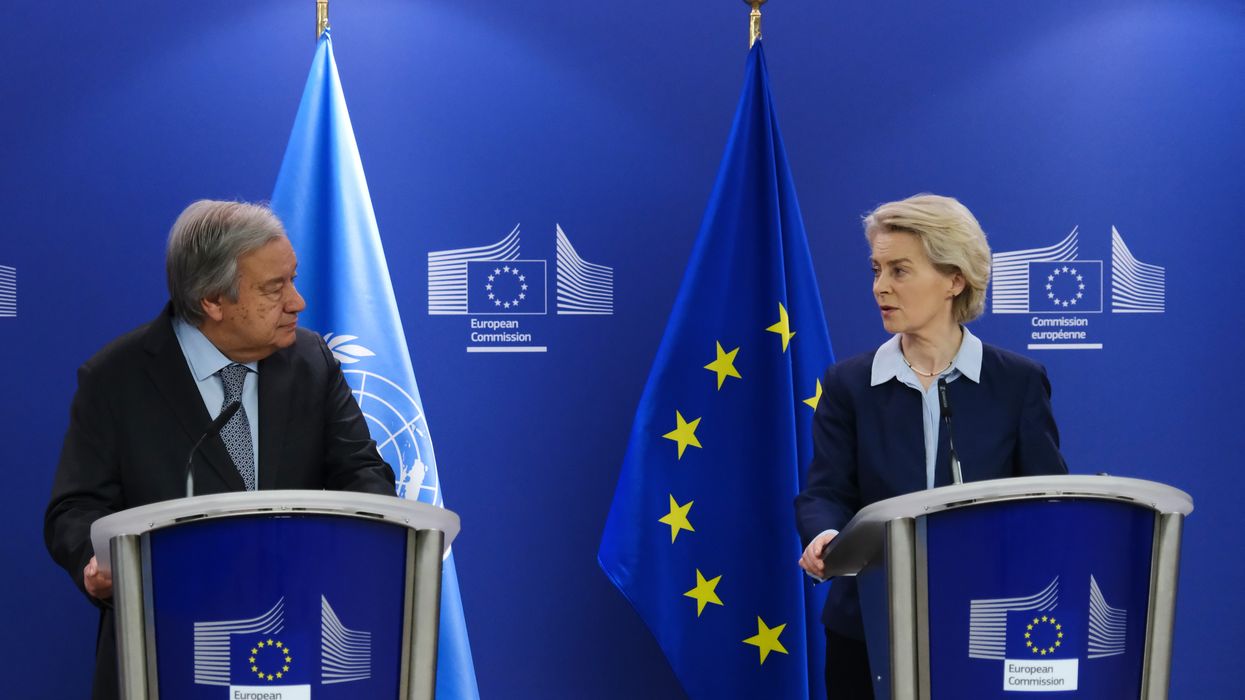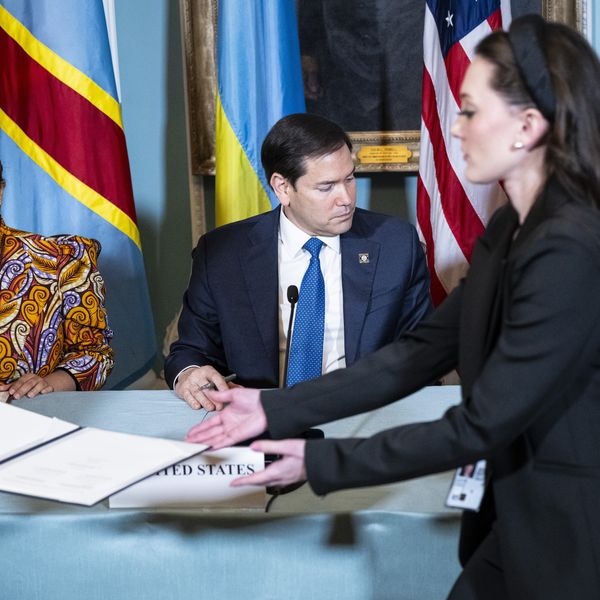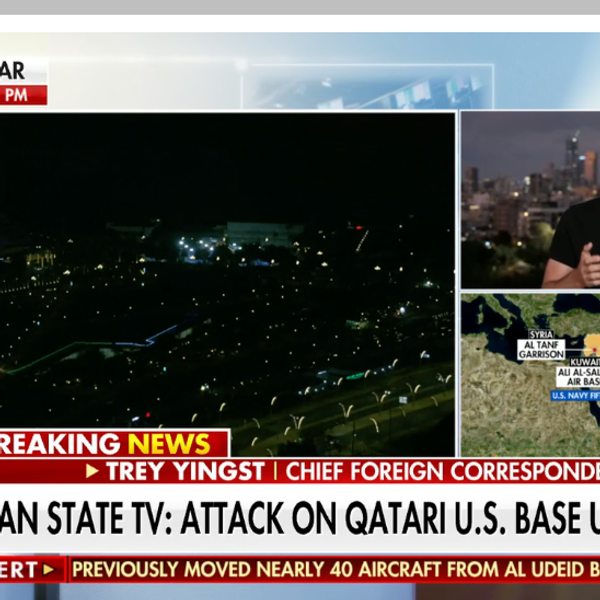Today, Taiwanese leader Tsai Ing-Wen will meet House Speaker Kevin McCarthy in California at the Ronald Reagan Presidential Library & Museum as part of her multi-day “transit” through the United States.
U.S. and Taiwanese officials hope to demonstrate America’s strong backing for Taiwan — and in doing so, discourage China from attempting to invade Taiwan in order to unify the island territory and the Chinese state. Yet it’s likely today’s meeting between Tsai and McCarthy will bring about the exact opposite of its intended effect, feeding a vicious circle of reaction and recrimination that is bringing the U.S. and China closer and closer to a crisis, and possible conflict, over Taiwan.
Under Tsai, Taiwanese leaders’ transits to America are becoming longer and including higher-level officials; as the third in line for the presidency, McCarthy will be the most senior official to ever meet a sitting Taiwanese leader on U.S. soil. The meeting comes days after Tsai quietly met with House Minority Leader Hakeem Jeffries in New York. Beijing certainly sees these high-profile visits as the latest evidence that Washington is moving closer to treating Taiwan as a nation state, violating the “One China” policy that has long guided America’s approach to the island and upheld peace and stability in the Taiwan strait.
Coming at a moment of high U.S.-China tensions, Tsai’s meetings with top congressional leaders are sure to trigger a show of resolve from Beijing intended to signal China’s military capabilities and discourage Washington from moving closer to recognizing Taiwan’s independence, or closing off the option of peaceful unification. This, in turn, will likely cause Washington to move even closer toward Taiwan in order to signal its stalwart support. And around and around we’ll go on a downward spiral toward the worst-case scenario: a direct U.S.-China military crisis or conflict over Taiwan.
You don’t have to be an expert to recognize the increasingly illogical nature of both Beijing’s and Washington’s deterrence-only approach here: on the U.S. side, this was made evident when a Chinese spy balloon appeared over the U.S. and triggered a hysterical reaction in Congress and the media, despite the balloon’s “limited” intelligence value. Inflating the threat posed by all things Chinese has become routine for most U.S. leaders and the media alike, as evidenced by the first hearings held by the new House select committee on China.
Neither the U.S. nor China is likely to succeed in chastening the other through fiery rhetoric or military deterrence, and neither side is going to simply throw up its hands and capitulate to the other. In other words, unless both sides can provide credible assurances that their worst case fears are unfounded, we’re headed towards a very bad outcome. Little (if anything) is being done to interrupt the feedback loop on Taiwan and re-inject stability into the relationship. It’s quite the opposite actually, as much commentary in Washington suggests that a U.S.-China war over Taiwan is now virtually inevitable.
Hawkish voices in Beijing and Washington are increasingly driving the conversation in both capitals, raising the political cost of any move toward de-escalation that can be characterized as “weakness” in the face of the perceived threat posed by the other. Given the massive death and destruction that a U.S.-China war over Taiwan would entail, working to avert this worst-case scenario should take precedence over domestic political concerns. Yet Secretary of State Antony Blinken recently demonstrated, yet again, that the administration will cave to hawkish pressures to save political face, in this instance ignoring a Chinese expression of regret for the spy balloon while then scuttling a trip to China reportedly aimed at re-establishing productive diplomacy.
Overcoming the dynamics in Washington and Beijing which incentivize an escalating tit-for-tat dynamic will require real courage and leadership from the White House and Congress. It's time to develop steady, high-level interactions between our two governments, focused on reducing tensions and drawing boundaries around healthy forms of competition with the goal of one day building enough understanding, and I daresay, trust, to reframe the U.S.-China relationship — not around a zero sum logic that points toward conflict, but on productive engagement on areas of mutual interest like fighting climate change, addressing pandemic disease, and ensuring global financial stability and greater economic justice.
Will Washington and Beijing wake up and halt their sleepwalking towards a crisis and possible conflict over Taiwan? It’s hard to feel optimistic, but there’s a path toward peace — if only we’re willing to take it.














